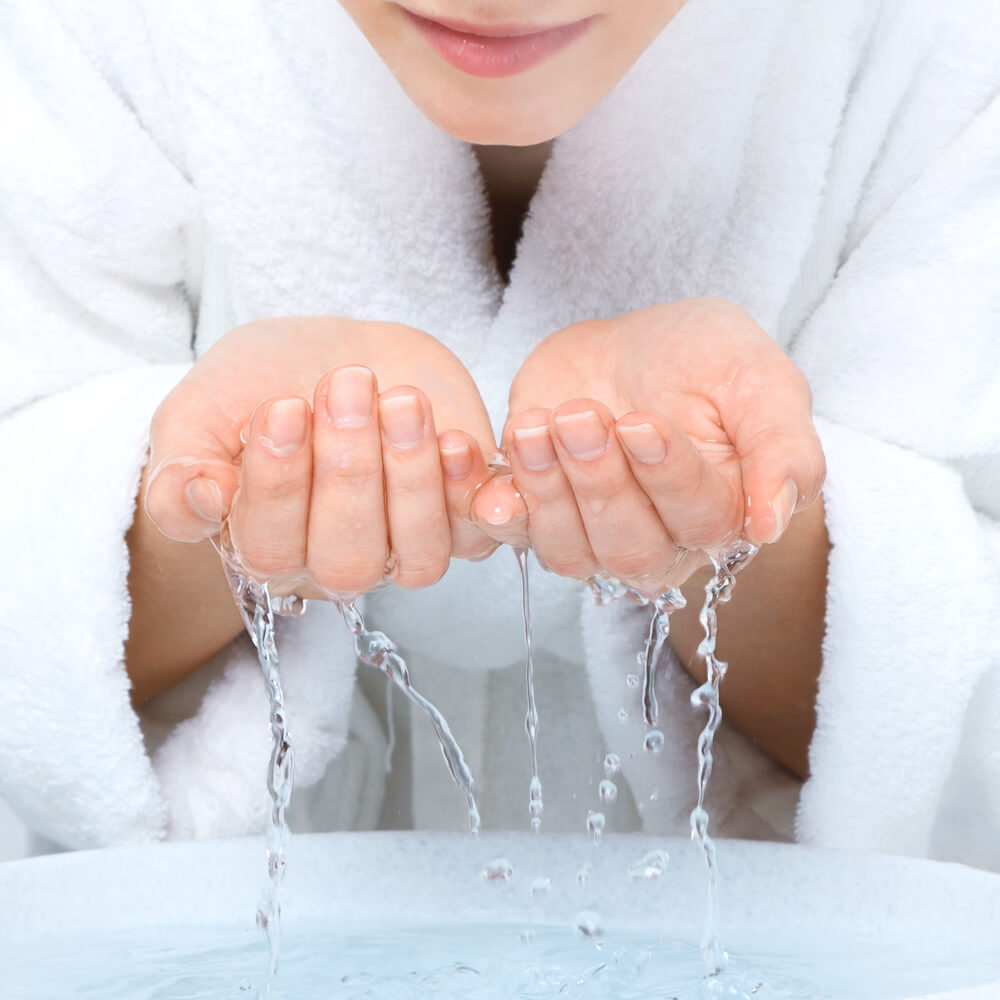Iron is an essential nutrient for human health. But too much of it in your drinking water can lead to a number of issues. Corrosive pipes and bad plumbing are all contributors that can lead to more iron in your water. The after effects of this range from the inconvenient to the downright unsightly.
In this post, we’ll look at some of the dangers of too much iron in your water and what process you can use to combat them.
Foul Odor
While a trace amount of bacteria exists in any kind of water, certain bacteria combinations paired with iron can cause a problem. When iron exists with certain types of bacteria, it can create a foul odor. The bacteria end up leaving behind a “reddish brown or yellow slime that can clog plumbing.”
This can lead to an unsightly smell wafting throughout your household via the bathroom. It can back your toilet up, causing plumbing issues as the bacteria’s slime gathers in your bathroom pipes. Or it could make every turn of your faucet into a chance to practice your house fire drill, as everyone evacuates promptly due to the smell.
Bad, Metallic Taste
After a long day at work or a hard workout, nothing beats a tall, cool glass of refreshing water. It’s the best way to rehydrate.
Imagine filling your glass with ice and water, tilting your head back, and sensing the unmistakable taste of….metal?
Too much of dissolved iron in a glass of water can leave your water with a bad metallic-tinged after-taste. While the health risks are minimal, this can spoil your home’s drinking water. Everyone should have access to clean drinking water that tastes fresh without a hint of impurity.
Stains
Iron turns to rust when combined with water and oxygen, leading to a reddish-brown appearance, not unlike dirt or soil. Too much iron in your water can also leave unsightly stains.
Your drinking water may appear reddish or brown, particularly if it’s full of sediment. This gives the unappealing appearance of rusty, dirty water.
Iron can stain your sinks, toilets, bathtubs, and showers. It has the potential to leave a red ring around the edge of your surfaces, creating the appearance of a dingy, dirty area that should promote healthiness and cleanliness.
It can also affect water used for your dishwasher and washing machine. The whites in your laundry can end up appearing red, pink, or brown. Your fine china can have reddish stains.
There are multiple areas throughout your household where reddish stains can create the appearance of dirt and grime apparent to your visitors and guests.
How Water Softening Can Help
Water softening is a process by which dangerous bacteria, chemicals, and minerals are removed from your water. Iron would be removed during this process as well. This increases the quality of your drinking water. Water softening will prevent any foul scents brought on by iron-infused bacteria. It will leave your water looking crystal clear, without any red or brown tints. And it will make sure your linens and dishes remain unstained as they go through the wash.
The answer to the dangers of iron is water softening. That leads to the next question: who should you partner with to soften your water?
At Advanced Water Softening, our team of experienced subject matter experts can help improve the quality of your home’s water through our validated and tested water softening process. Our experienced technicians are trained to assess your home’s water supply to ensure maximum quality. We know how to identify and remove contaminants. You can contact us to learn more about our services and how we can improve your home’s water.






